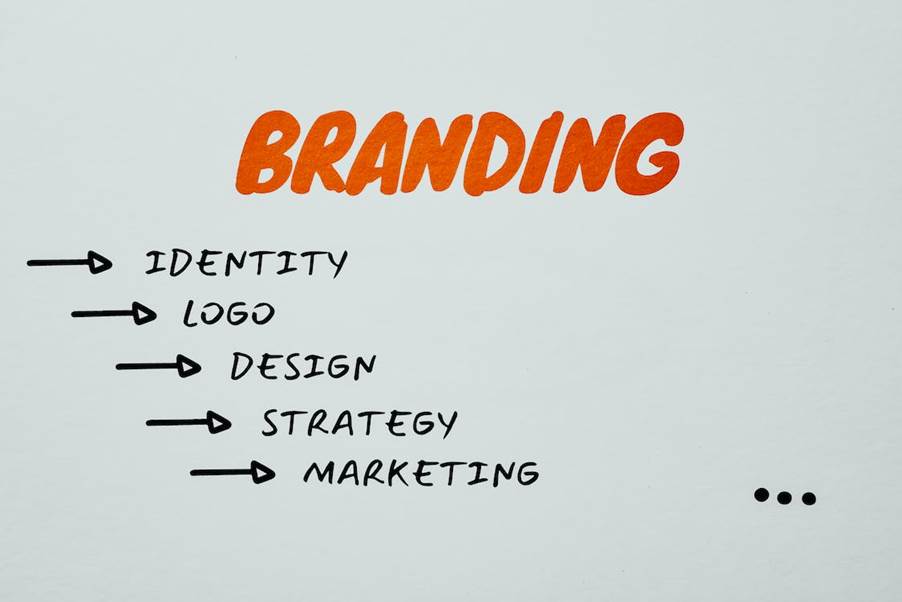Modern commerce revolves around consumers’ reaction to branding. A favourable corporate branding can make – or break – the prospects of a product.
From a leading gaming operator like Casino777 to a car manufacturer like BMW, all brands need to create an identity and a context to help consumers make an informed choice.
Ikea shoppers know what style and type of product they will be buying, whether it’s a cup or a cupboard. From a Doc Marten shoe to an Apple iPhone, branding tells the customer what to expect.
Branding has become one of the most important parts of marketing. Successful companies use advertising, public relations, signage, packaging and promotions to create this overall branding identity.

The art of branding has become a skilful profession in its own right. Experts recognise that great branding involves getting certain factors right every time:
1. Consistency
Industry analysts realise the importance of brand consistency. Everything from letterheads to theme tunes must fit with the overall branding ‘message’.
No-one would expect luxury store Harrods to produce a calendar with glamorous female photography – yet it works for the sporty male Pirelli brand. A Leica camera wouldn’t be advertised with a sing-along pop song but that would fit perfectly with the marketing for a Tui holiday.

2. Target market
A company’s branding must always fit with its target market. It would be counter-productive to create a strong consistent image that appealed to customers who can’t afford your product.
That’s why up-market BMW sponsors prestigious golf tournaments while budget brand Vauxhall sponsors non-league football. Financial institutions are involved in high-end art events – Walkers crisps sponsors the Simpsons.
3. Be Clever
Clever twists of this branding can be very subtle however.
That’s why budget supermarket Aldi uses witty intelligent advertising to extend its appeal to more affluent customers and budget chocolates from Ferro Rocher are given a superficial premium branding to increase their desirability.
Audi even use German slogans that many of its customers can’t understand – to create a high-tech sophisticated mystique around products that are to some extent rebadged Skodas and SEATs.
4. Communication
How does a company communicate its brand identity to consumers? That’s actually part of the branding process.
That’s why Apple creates an aura of global technological advancement by releasing new products with a showy Californian stage presentation while Sainsbury’s promotes its slogans on the side of huge delivery lorries.

5. A mission statement
Behind all the careful choice of fonts and colours, tone of voice and choice of faces, there’s usually a simple statement. This identifies what the company stands for and forms the root of the branding message.
Having these core values make things easy for consumers. Everyone knows what Ferrari stands for and what you are likely to get if you buy from Prada.
6. Be inclusive
Bigger brands with a broader spread have a harder problem creating an identity. What is the difference between Tesco and Sainsburys for example?
The branding team must try to create an identity without being so narrow that they alienate some of the potential clients. A supermarket has a very wide possible customer base – so they are limited in how precise they can brand themselves.
Often this means limiting their marketing to a choice of distinctive colours and slogans. Sainsbury’s choose orange, Tesco blue. The branding job is to be distinctive but not exclusive.
7. Build trust
Overall a brand is a message to consumers. It’s about building trust and an identity.
It can be a long and careful process that takes time and much thought. Branding experts say that it needs a long-term carefully thought-out strategy.
Get it right and a brand can create high, consistent sales at a profitable margin. Get it wrong and a brand can be doomed, however good the product.
The motoring world if full of branding experiments that have failed. Identical vehicles are often re-branded simply by changing the name and the badges on the boot.
For example, the Honda NSX supercar is a successful product around the world except in America. Here the word Honda is considered to have unattractive Japanese connotations and the car is rebadged as an Acura.
The Opel Adam is considered too foreign sounding for British consumers – so the badges are removed and it is branded as a Vauxhall in the UK.
8. Be agile
Branding forms a long-term blueprint for a company but it is also adaptable in the short term. Agile companies that move with changing market conditions may have greater long-term success than those that doggedly stick to an ageing formula.
From Ovaltine to Mackeson the museums are full of once-familiar brands that failed to move with changing consumer demands or market conditions. It’s one thing creating a successful brand – and another to keep it fresh and relevant.









